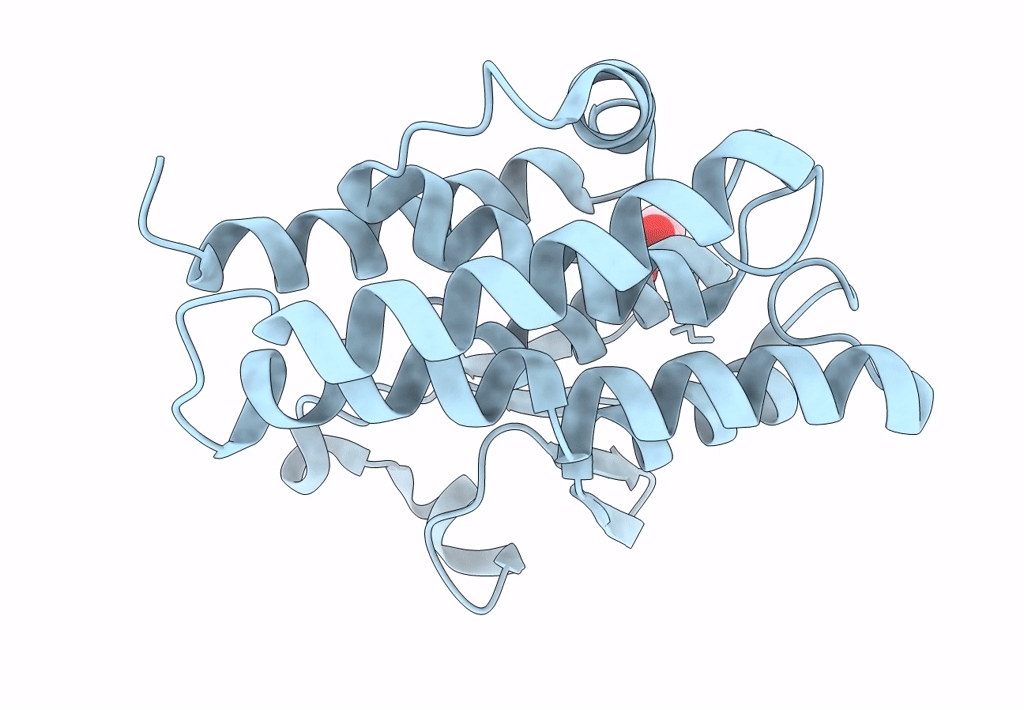
Deposition Date
2011-05-02
Release Date
2011-09-07
Last Version Date
2023-11-01
Method Details:
Experimental Method:
Resolution:
2.10 Å
R-Value Free:
0.22
R-Value Work:
0.18
R-Value Observed:
0.18
Space Group:
P 32 2 1


